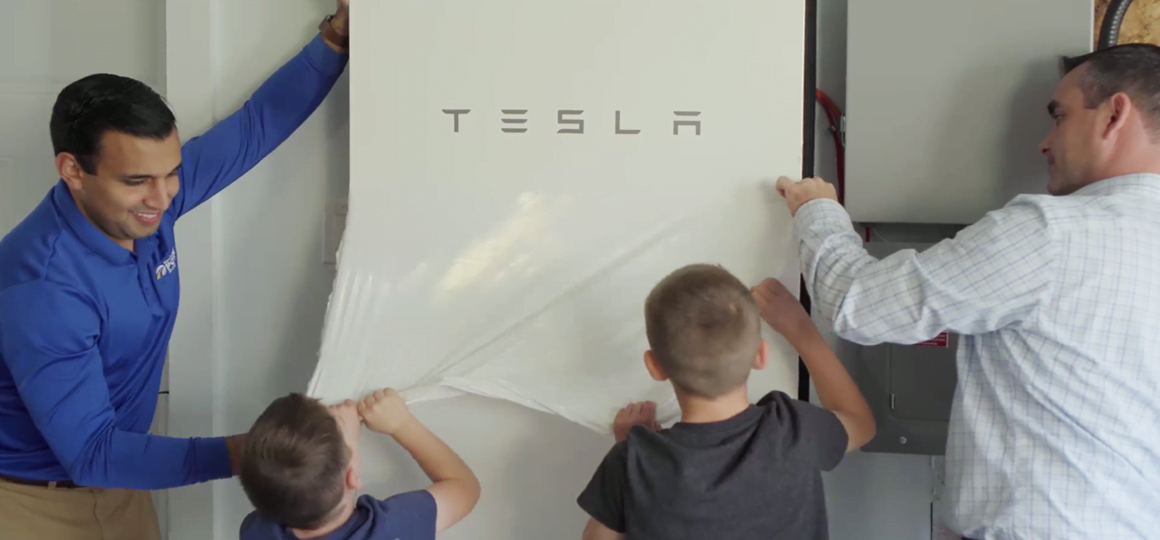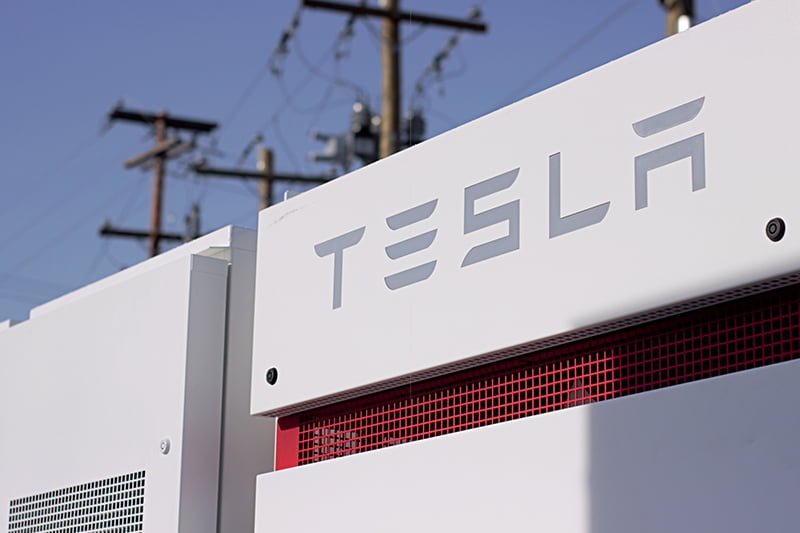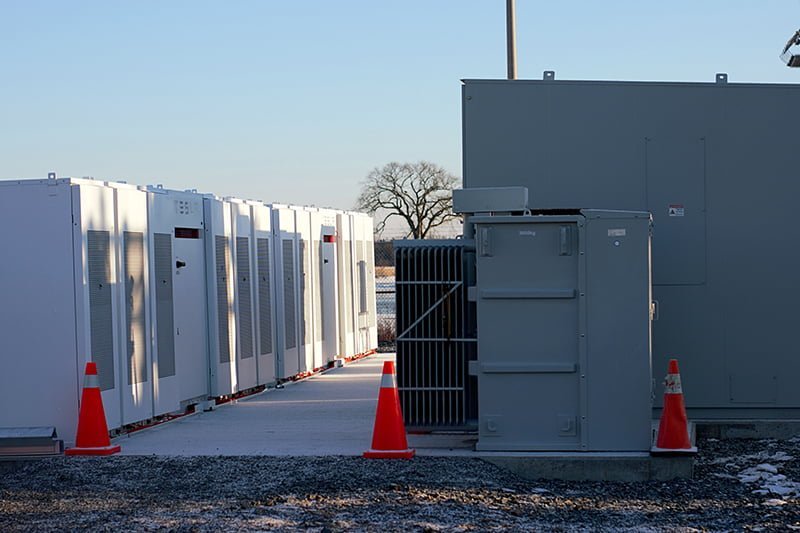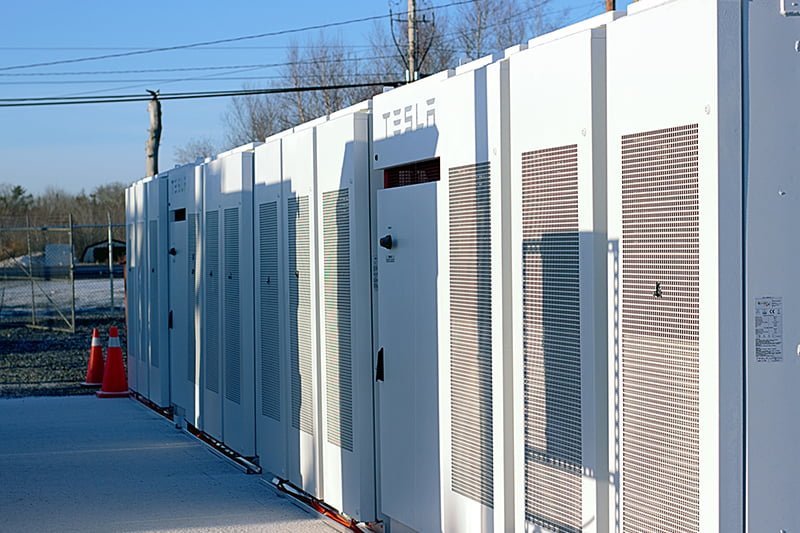
Let us introduce you to the Intelligent Feeder Project.
The Project involves the installation of residential energy storage batteries (Tesla Powerwalls) at 10 homes in the Elmsdale community and a much larger grid-sized battery (Tesla Powerpack) at the Elmsdale substation. These batteries will be connected and feed into an electrical line powered, in part, by the nearby Hardwood Lands wind turbines. Sensors on the powerline monitor and gather data about local system activity and are fed back to our control centre for analysis and planning of Nova Scotia’s future energy needs.

“Technology such as battery storage is making traditional utility systems smarter,” says Jill Searle, Project Manager.
“This project is one of the first of its kind that we know about, and we’re excited to be leading the charge. It has great potential to positively impact the reliability of our system and help us provide power to customers when they need it most.”

The future potential of integrating battery storage and intermittent renewable energy – such as wind power – for electricity generation is an exciting prospect being explored globally, and we are proud to be one of the first to partner with industry leaders to test this technology solution in Canada.
As we add more renewable energy to the grid, batteries can provide the utility with more flexibility to reliably address peak electricity demand with stored energy.
Overall, Nova Scotia’s generation mix is becoming cleaner and cleaner. We’ve tripled our renewable energy generation over the past decade, achieving 28 percent renewable electricity generation in 2016 and are on track to meet 40 percent renewable energy in 2020.
The Intelligent Feeder project is being delivered by Nova Scotia Power in partnership with Sustainable Development Technology Canada and Opus One Solutions.

